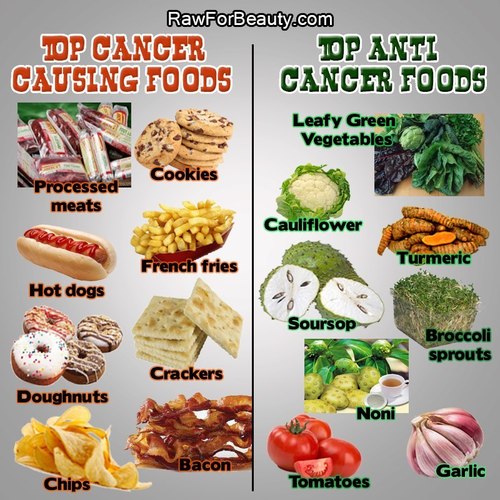What is soy lecithin? Why is it used as an ingredient in our food?
Soy Lecithin has been lingering around our food supply for over a century. It is an ingredient in literally hundreds of processed foods, and also sold as an over the counter health food supplement. Scientists claim it benefits our cardiovascular health, metabolism, memory, cognitive function, liver function, and even physical and athletic performance. However, most people don’t realize what soy lecithin actually is, and why the dangers of ingesting this additive far exceed its benefits.

Image taken from multivitaminguide.org
Lecithin is an emulsifying substance that is found in the cells of all living organisms. Until it was recovered from the waste products of soybean processing in the 1930s, eggs were the primary source of commercial lecithin. Today lecithin is the generic name given to a whole class of fat-and-water soluble compounds called phospholipids.
How is it produced?
Soybean lecithin comes from sludge left after crude soy oil goes through a “degumming” process. It is a waste product containing solvents and pesticides and has a consistency ranging from a gummy fluid to a plastic solid. Before being bleached to a more appealing light yellow, the color of lecithin ranges from a dirty tan to reddish-brown. The hexane extraction process commonly used in soybean oil manufacture today yields less lecithin than the older ethanol-benzol process, but produces a more marketable lecithin with better color, reduced odor and less bitter flavor.

Image taken from realfarmacy.com
One of the biggest problems associated with soy lecithin comes from the origin of the soy itself. The majority of soy sources in the world are now genetically modified (GM). Researchers have clearly identified GM foods as a threat to the environment, pollution of soils and a long-term threat to human health with links to of the world with unnatural genetic material that may have unknown long-term consequences with links to decreased fertility, immunological alterations in the gut and the exacerbation and creation of allergies.
Genetically engineered soy contains high concentrations of plant toxicants. The presence of high levels of toxicants in the GM soy represent thousands of plant biochemicals many of which have been shown to have toxic effects on animals.

Image taken from 100daysofrealfood.com
Unfermented Soy Sources and Health Consequences
The manufacture of soy lecithin is also typically confined to unfermented sources because it is quicker and cheaper to make. Unfermented soy products are rich in enzyme inhibitors. Enzymes such as amylase lipase and protease are secreted into the digestive tract to help break down food and free nutrients for assimilation into the body. The high content of enzyme inhibitors in unfermented soybeans interferes with this process and makes carbohydrates and proteins from soybeans impossible to completely digest.
Unfermented soy has been linked to digestive distress, immune system breakdown, PMS, endometriosis, reproductive problems for men and women, allergies, ADD and ADHD, higher risk of heart disease and cancer, malnutrition, and loss of libido.
It is now widely recognized that the only soy fit for human consumption is fermented soy.
SOURCE : PREVENT DISEASE.COM
Read full article : Click here



You must be logged in to post a comment.